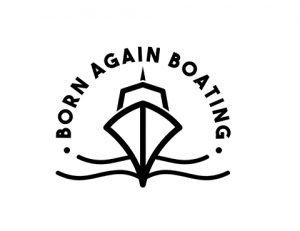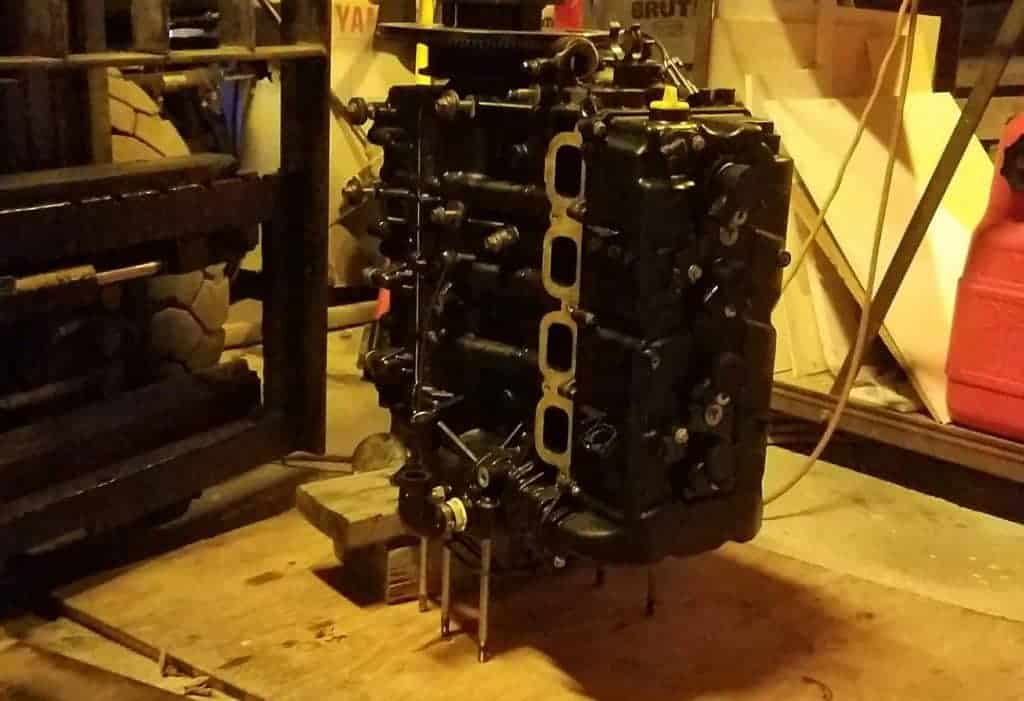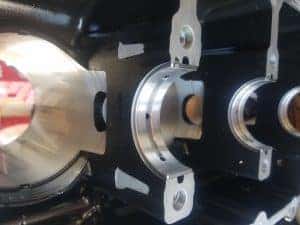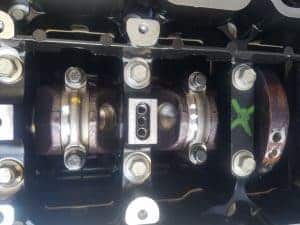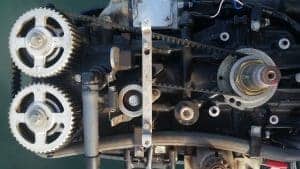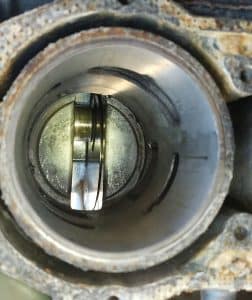As a Marine Technician, I get to talk to a lot of boat owners and users. Some know a lot about their boat and engine, and others not so much. Some have spent years on the water and others can barely get the boat in gear! Talking with so many people there is a question that a lot of people ask about.
What is an Outboard Powerhead? The Powerhead is the collection of the main components that make up a combustion engine. It is the block, pistons, heads, and valves all together.
All of these components put together is what makes up the engine. Of course, there are other things like the fuel system, the electrical components, the midsection, and the lower unit.
The powerhead though is just the bare engine without the stuff that makes it work. Here is a breakdown of what makes up the powerhead.
The Powerhead Begins With the Block
The engine block is the beginning of the making of an outboard powerhead. The engine block is the part of the engine that houses the major moving components in the engine. Such as the crankshaft, piston rods, and pistons themselves.
The engine block is the absolute basic portion of the engine and basically creates the engine crankcase. This is where all of the oil is moving around all of the components that are moving inside of the engine.
The other components to the block are the actual cylinders. The cylinders of the engine are where the pistons are and is where all of the action happens.
The actual strokes of the engine happen inside of the block. For 2-strokes, there is intake and exhaust strokes. Then for 4-strokes, you have the intake, compression, combustion, and exhaust strokes.
The Crankshaft & Pistons
The crankshaft is what the pistons attach to the inside of the engine block. The crank spins around moving the pistons up and down inside of the cylinders creating the power of the engine.
The crank houses the piston rods which have the bearings for the piston rods. The piston rods are what connect the actual piston to the crank. As the engine’s crankshaft spins around, the piston rods move up and down moving the pistons inside of the cylinders.
On top of the crankshaft is the flywheel. The flywheel is what the starter engages to get the engine spinning before the combustion portion can take over and keep the engine running.
Also, the flywheel often has belts that attach to it that can run miscellaneous components of the engine. Such as the alternator, a supercharger, cams, or even a water pump on inboards.
The flywheel can also house a stater. The stater is another form of an alternator but does not have the same ability to create as much power as you can get out of an alternator. All of this completes what makes up the crankshaft and internal block components of the engine.
Then There are the Cylinder Heads.
On top of the cylinders themselves, you have the cylinder head. This is the component that houses the camshafts, cams, the valves, and the spark plugs depending on whether you have a 4-stroke or a 2-stroke.
With a 2-stroke engine, the engine utilizes ports that allow the fuel, air, and oil mixture to come into the cylinder. Then after the spark plug is ignited the piston will go down. Utilizing exhaust ports allows the next batch of fuel and air mixture to push the burned-off fuel mixture out.
With a 4-stroke engine, the engine utilizes valves that open and close allowing air and fuel mixture to come in and the exhaust to go out. Inside of the cylinder head, the engine has what’s called a camshaft. The camshaft works the same way the crankshaft works. Just opening and closing the valves.
The intake valve opens and fuel and air are sucked into the cylinder. The valve is then closed and the piston comes up to the top of the cylinder, compressing the mixture.
The spark plug is then ignited and explodes the mixture. Driving the piston back down making the power stroke. Then the exhaust valve is opened so that when the piston comes back up, it pushes the burned mixture out the exhaust side of the cylinder head.
Then as the piston goes down, the intake valve is opened back up, starting the cycle over by sucking in a new mixture of air and fuel. The cylinder head is also where the spark plug is positioned.
The cylinder head is attached to the top of the cylinders which make up the engine block. These components together make up the main portion of the powerhead.
You can also find the cylinder head gasket in between the block and cylinder head, which sometimes can fail. (Learn all about the signs & symptoms of a blown head gasket here.)
The Cooling Passages
Integrated into both the engine block, cylinders, and the cylinder heads are cooling passages. These cooling passages are channels that are connected between all of these components which allow cooling water to flow through the powerhead.
The water absorbs the heat being produced by the engine and cools it down so that it does not heat up to a temperature that can melt the metals in the engine and lock it up.
Incorporated into the cooling passages is where the thermostat is located.
The thermostats’ job is to regulate the temperature of the water flowing through the cooling passages inside of the powerhead. (Read this article to learn more about thermostats.)
If the engine runs too hot it can lock up. If the engine runs too cold, it can produce condensation and create water build-up in the crankcase and in the oil. Thus, also giving the potential to lock up the engine.
It is crucial that it runs at a certain temperature to avoid either of these conditions, which is the job of the thermostat!
Good water flow is also crucial for allowing the thermostat to do its job and keep the engine cool. (This article will help you understand water pumps and signs of a bad pump.)
Is It Worth Replacing a Powerhead or Should You Repower?
To be honest with you. Every single person’s situation is going to be different. There are a lot of variables that weigh into the answer to that question. To make it brief. The type and year of the engine plays a big part in it.
If the engine is 20-30 years old and has lived its entire running life in saltwater. It is probably not worth replacing the powerhead.
If most of the components on the engine are questionable, rusting to pieces, and starting to fall apart. Don’t waste the money on the powerhead. That is unless you are a confident mechanic that does not mind getting in and tearing it down.
Furthermore, if you can find a decent used powerhead for the right price, then it is probably worth replacing.
On the other hand, if you are not so confident and are going to have to pay someone to replace it. That’s a no. Getting things apart without breaking something else, becomes a very real issue that can get expensive in only a couple of hours. Not to mention you are back to running a 20-year-old engine.
Now if your motor is say 5-10 years old and still in good condition, but your warranty has just expired. Then I would say go for it. You will save yourself in the long run. That is depending on what caused the failure. If the power head jumped time and blew up. Replace it and get back on the water.
If there is another underlying issue. Resolve that first when weighing the cost-effectiveness of replacing the powerhead vs. repowering the boat.
You should now have a pretty good understanding of what exactly an outboard powerhead is.
Check Us Out!
We hope that this has been insightful and allowed you to understand a little bit more about an outboard powerhead!
If you have more questions or want to learn more about your boat and its different systems. You should consider joining our Boating Academy where we have created HUNDREDS of video courses teaching you basically everything about your boat!
There are also even more helpful videos on our Youtube channel where we create even more boating videos!
You can also save some money by using our coupons when you need to buy stuff from your boat by using any of these coupons here at Partsvu!
And if you would like to support us to continue bringing you great content, please click the link below to Amazon where we get a commission from anything you are already going to buy! Click Here To Amazon!
Here are some other super helpful articles that you might find interesting!
